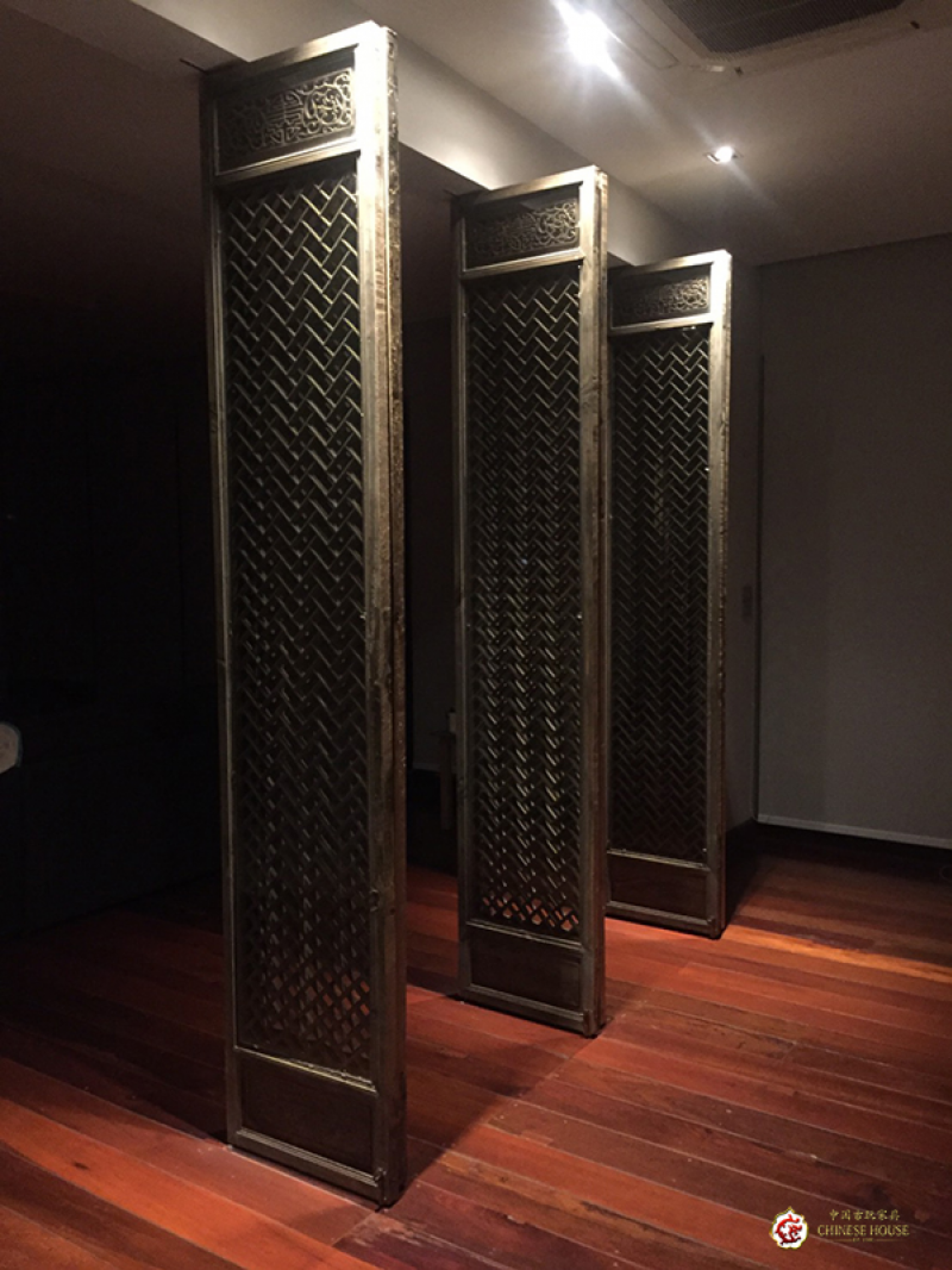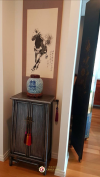How Old is Antique Furniture? A Guide to Timeless Treasures

Have you ever wondered about the age of a piece of antique furniture? The question of "how old is antique furniture" is at the heart of its value and mystique. While the general rule of thumb for an item to be considered a true antique is that it must be at least 100 years old, the story behind each piece is what truly matters. At Chinese House, we are not just selling furniture; we are selling history, with each of our authentic Chinese antique furniture pieces, from our majestic cabinets to our intricate partitions, telling a story that spans centuries.
1. The Defining Line: What Makes an Item an Antique?
The century mark is a widely accepted benchmark. Pieces from the early 20th century or before, particularly those from the Qing and Ming Dynasties in China, are highly sought after. However, the age is just one part of the equation. What sets a piece apart as a genuine, investment-worthy antique is its craftsmanship, material, and historical significance. A well-preserved Chinese antique furniture piece from the 18th or 19th century is not just old; it is a cultural relic, a testament to a bygone era of unparalleled artistry.
2. How to Determine the Age of Chinese Antique Furniture
For a layperson, discerning the age can seem daunting. As experts with over 30 years of experience, we at Chinese House rely on several key indicators:
Craftsmanship and Joinery: Authentic antique Chinese furniture was made without nails or glue. Master artisans used traditional, interlocking joints like mortise and tenon. The presence of these intricate, hand-cut connections is a strong indicator of an older, genuine piece.
Materials and Wood Type: The wood itself can tell a story. Rare hardwoods such as huanghuali, zitan, and jichi were highly favored by royalty and the elite. While common woods like elm and cypress were also used, their age and quality are evidenced by a deep, beautiful patina that develops over centuries.
Design and Style: The style of the furniture often reflects a specific period. Ming Dynasty furniture (1368-1644) is known for its elegant, minimalist lines, while Qing Dynasty furniture (1644-1912) often features more ornate and detailed carvings. A Chinese antique partition from the Qing era, for instance, might be rich with symbolic carvings of dragons or flowers, reflecting the aesthetic of that time.
Patina and Wear: Genuine antiques show signs of age and use. The natural patinaa lustrous, aged finishand subtle wear patterns on edges or feet are irrefutable proofs of its long life and history.
3. Chinese House: Where History and Authenticity Meet
At Chinese House, our passion is in finding and preserving these timeless treasures. We understand the art and science behind dating Chinese antique furniture. When you purchase an antique from us, you're not just buying a magnificent cabinet or an elegant partition; you're acquiring a piece of verified history.
Our commitment to authenticity ensures that every item in our collection is a genuine artifact, meticulously restored to honor its original craftsmanship while preparing it for a new life in your home. We provide detailed information on each piece's age, origin, and restoration process, so you can own your treasure with complete confidence. Visit Chinese House and let us help you find a piece of history that is ready to become a cherished part of your own story.


